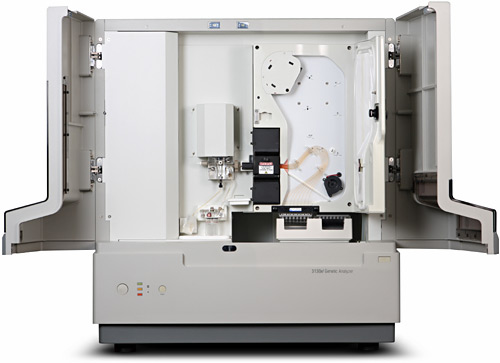

The matK gene is approximately 1570 bp in length and codes for a maturase protein. Unfortunately, very few of these loci are variable enough to identify or distinguish between plant species when used alone, leading to the use of several combinations of loci, such as rpoC1+ rpoB+ matK, rpoC1+ matK + trnH–psbA, rbcL+ trnH–psbA, matK+ atpF-H+ psbK-I, and matK + atpF-H + trnH–psbA ( Yoo et al., 2006 Chase et al., 2007 Kress & Erickson, 2007 CBOL Plant Working Group, 2009).Īmong the candidate barcode genes, matK is one of the most promising candidates for a plant barcode. The search for a plant DNA barcode has focused on genes of the chloroplast genome and several candidates, such as accD, atpF–atpH, matK, nhdJ, psbK–psbI, rbcL, rpoB, rpoC1, and trnH–psbA have been proposed ( Chase et al., 2005 Kress et al., 2005 Newmaster et al., 2006 Yoo et al., 2006).

Plant nuclear genes often occur in multiple copies and are highly variable, making the design of universal primers difficult. The plant mitochondrial genes evolve slowly and, therefore, are ineffective for distinguishing between different plant species. The difficulty in selecting specific genes to be a plant barcode is due to the imperfection of any gene from either the chloroplast, mitochondrial, or nuclear genomes. However, consensus is still to be reached regarding gene fragments for a plant DNA barcode, although the Consortium for the Barcode of Life (CBOL) Plant Working Group (2009) has suggested matK + rbcL. The mitochondrial cytochrome c oxidase subunit 1 ( CO1) gene was selected to be a DNA barcode for animal species ( Hebert et al., 2003). We propose that the new primers will solve, in part, the problems encountered when using matK and promote the adoption of matK as a DNA barcode for angiosperms.ĭNA barcoding, a concept that has recently become popular, is characterized by using one or a few DNA fragments to identify different species ( Kress et al., 2005). The primers showed a strong amplification (93.1%) and sequencing (92.6%) successes in the species tested. The universality of this primer pair was tested using 58 species from 47 families of angiosperm plants. This region encompasses the most variable sites, represents the entire matK region best, and also exhibits high amplification rates and quality of sequences. After careful evaluation, a region in the middle was chosen and a pair of primers named matK472F and matK1248R was designed to amplify and sequence the matK fragment of approximately 776 bp. To resolve these technical problems, we evaluated the entire matK region to find a region of 600–800 bp that is highly variable, represents the best of all matK regions with priming sites conservative enough to design universal primers, and avoids the mononucleotide repeats. However, matK exhibits low amplification and sequencing rates due to low universality of currently available primers and mononucleotide repeats. Abstract The chloroplast maturase K gene ( matK) is one of the most variable coding genes of angiosperms and has been suggested to be a “barcode” for land plants.


 0 kommentar(er)
0 kommentar(er)
